Atlas of Structural Geological and Geomorphological Interpretation of Remote Sensing Images Achyuta Ayan Misra
Visit to download the full and correct content document: https://ebookmass.com/product/atlas-of-structural-geological-and-geomorphological-i nterpretation-of-remote-sensing-images-achyuta-ayan-misra/
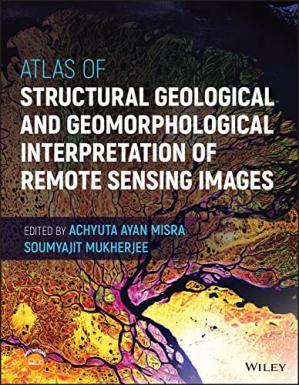
More products digital (pdf, epub, mobi) instant download maybe you interests ...
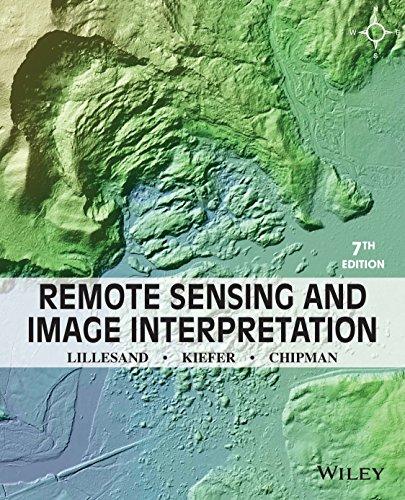
Remote Sensing and Image Interpretation, 7th Edition 7th Edition, (Ebook PDF)
https://ebookmass.com/product/remote-sensing-and-imageinterpretation-7th-edition-7th-edition-ebook-pdf/
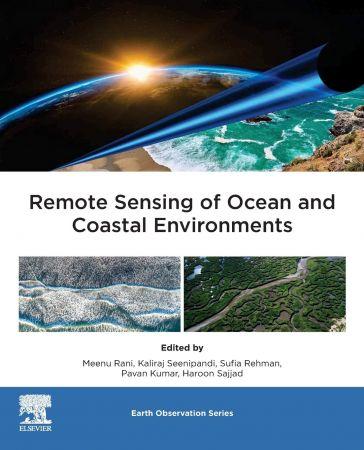
Remote Sensing of Ocean and Coastal Environments Meenu Rani
https://ebookmass.com/product/remote-sensing-of-ocean-andcoastal-environments-meenu-rani/
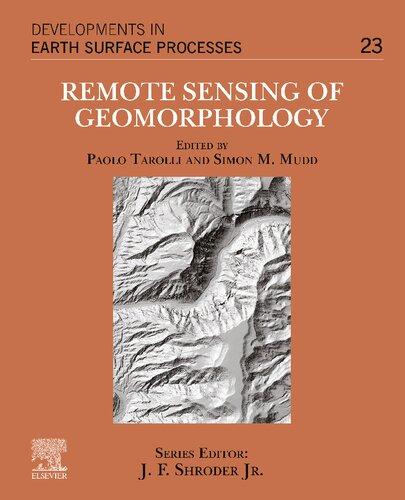
Remote Sensing of Geomorphology, Volume 23 Paolo
Tarolli
https://ebookmass.com/product/remote-sensing-of-geomorphologyvolume-23-paolo-tarolli/
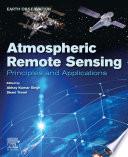
Atmospheric Remote Sensing Abhay Kumar Singh
https://ebookmass.com/product/atmospheric-remote-sensing-abhaykumar-singh/
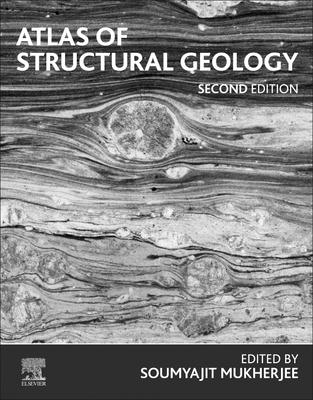
Atlas of Structural Geology, 2nd edition Soumyajit Mukherjee
https://ebookmass.com/product/atlas-of-structural-geology-2ndedition-soumyajit-mukherjee/
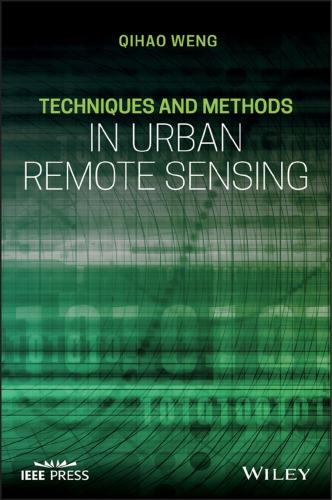
Techniques and methods in urban remote sensing Weng
https://ebookmass.com/product/techniques-and-methods-in-urbanremote-sensing-weng/
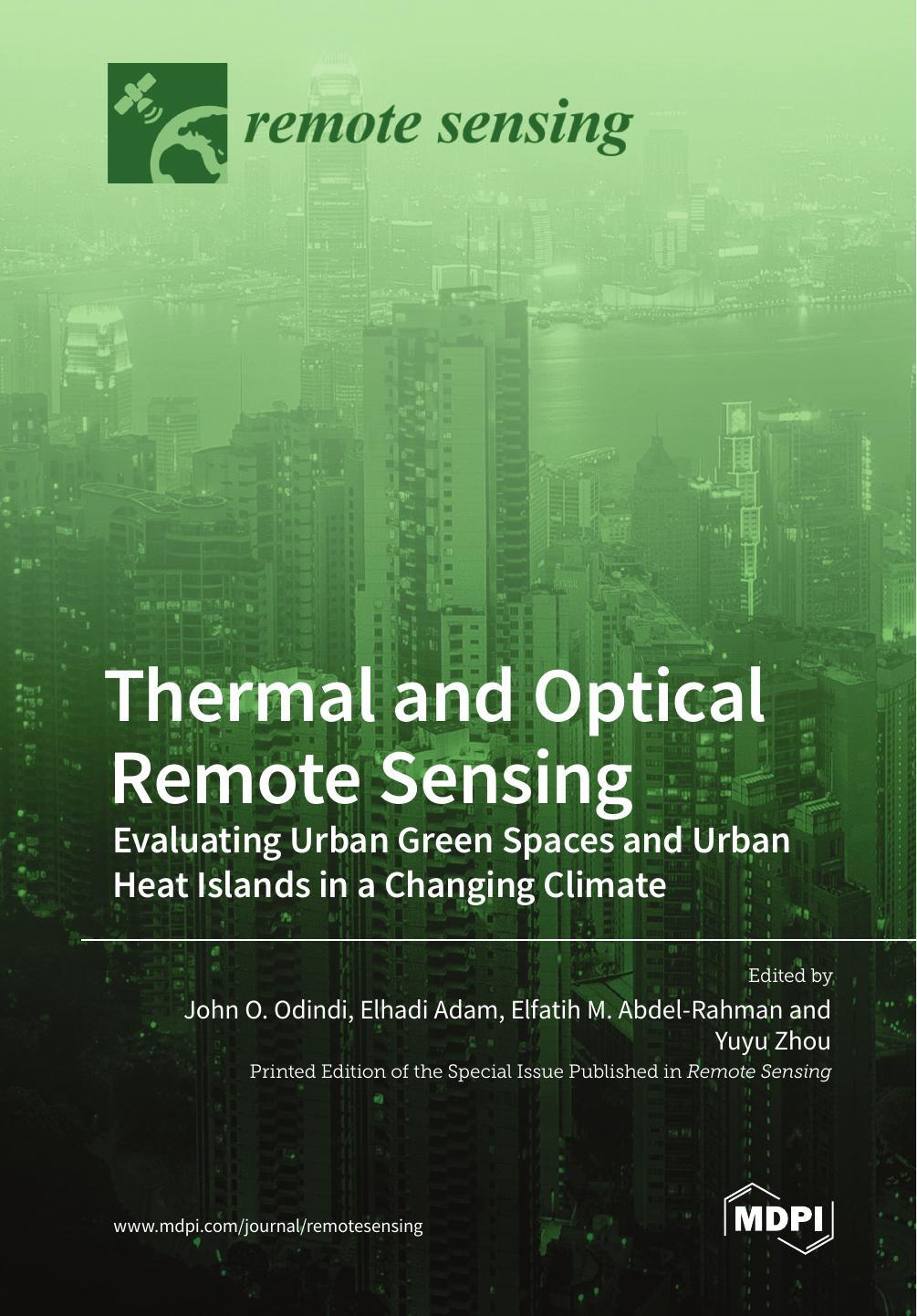
Thermal and Optical Remote Sensing John O Odindi
https://ebookmass.com/product/thermal-and-optical-remote-sensingjohn-o-odindi/
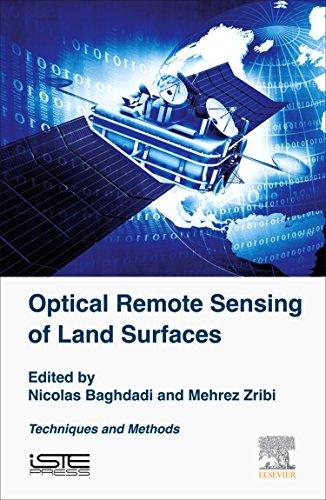
Optical Remote Sensing of Land Surface. Techniques and Methods 1st Edition Nicolas Baghdadi
https://ebookmass.com/product/optical-remote-sensing-of-landsurface-techniques-and-methods-1st-edition-nicolas-baghdadi/
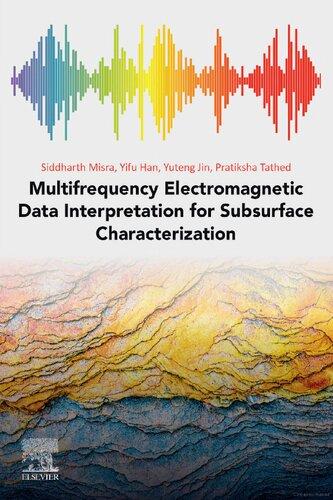
Multifrequency Electromagnetic Data Interpretation for Subsurface Characterization Siddharth Misra
https://ebookmass.com/product/multifrequency-electromagneticdata-interpretation-for-subsurface-characterization-siddharthmisra/
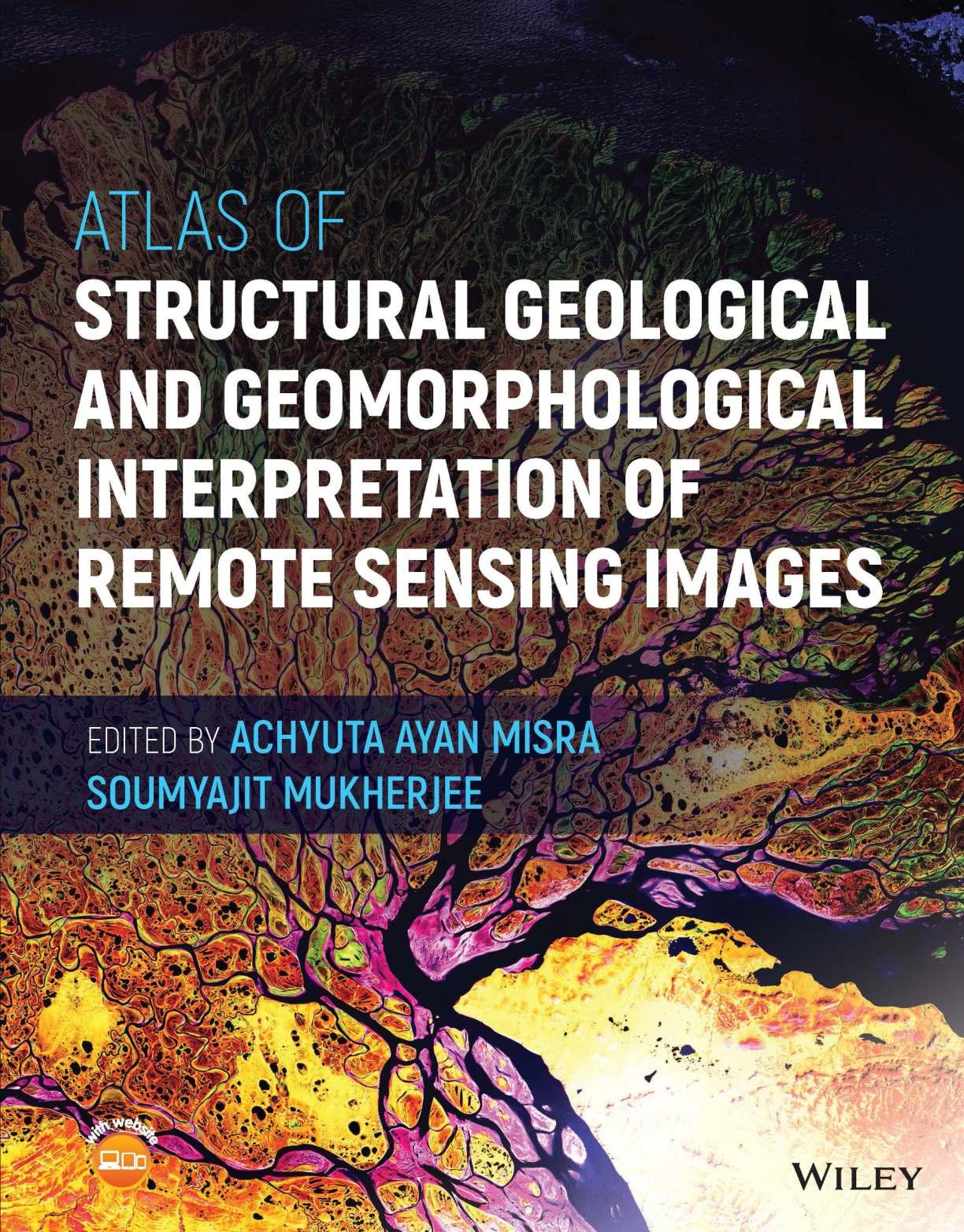
Atlas of Structural Geological and Geomorphological Interpretation of Remote Sensing Images
Atlas of Structural Geological and Geomorphological Interpretation of Remote Sensing Images
Edited by Achyuta Ayan Misra
Reliance
Industries Ltd.
Mumbai, Maharashtra, India
Soumyajit Mukherjee
Department of Earth Sciences
Indian Institute of Technology Bombay Mumbai, Maharashtra, India
This edition first published 2023
© 2023 John Wiley & Sons Ltd
All rights reserved. No part of this publication may be reproduced, stored in a retrieval system, or transmitted, in any form or by any means, electronic, mechanical, photocopying, recording or otherwise, except as permitted by law. Advice on how to obtain permission to reuse material from this title is available at http://www.wiley.com/go/permissions.
The right of Achyuta Ayan Misra and Soumyajit Mukherjee to be identified as the authors of the editorial material in this work has been asserted in accordance with law.
Registered Offices
John Wiley & Sons, Inc., 111 River Street, Hoboken, NJ 07030, USA
John Wiley & Sons Ltd, The Atrium, Southern Gate, Chichester, West Sussex, PO19 8SQ, UK
Editorial Office
9600 Garsington Road, Oxford, OX4 2DQ, UK
For details of our global editorial offices, customer services, and more information about Wiley products visit us at www.wiley.com.
Wiley also publishes its books in a variety of electronic formats and by print-on-demand. Some content that appears in standard print versions of this book may not be available in other formats.
Limit of Liability/Disclaimer of Warranty
In view of ongoing research, equipment modifications, changes in governmental regulations, and the constant flow of information relating to the use of experimental reagents, equipment, and devices, the reader is urged to review and evaluate the information provided in the package insert or instructions for each chemical, piece of equipment, reagent, or device for, among other things, any changes in the instructions or indication of usage and for added warnings and precautions. While the publisher and authors have used their best efforts in preparing this work, they make no representations or warranties with respect to the accuracy or completeness of the contents of this work and specifically disclaim all warranties, including without limitation any implied warranties of merchantability or fitness for a particular purpose. No warranty may be created or extended by sales representatives, written sales materials or promotional statements for this work. The fact that an organization, website, or product is referred to in this work as a citation and/or potential source of further information does not mean that the publisher and authors endorse the information or services the organization, website, or product may provide or recommendations it may make. This work is sold with the understanding that the publisher is not engaged in rendering professional services. The advice and strategies contained herein may not be suitable for your situation. You should consult with a specialist where appropriate. Further, readers should be aware that websites listed in this work may have changed or disappeared between when this work was written and when it is read. Neither the publisher nor authors shall be liable for any loss of profit or any other commercial damages, including but not limited to special, incidental, consequential, or other damages.
Library of Congress Cataloging-in-Publication Data applied for Hardback: 9781119813354
Cover Design: Wiley
Cover Images: © Elena11/Shutterstock.com
Set in 10/12pt Warnock by Straive, Pondicherry, India
We dedicate this book to Prof. Ravi P Gupta and Late Prof. Barham Parkash. They taught us remote sensing and geomorphology, respectively, in our Masters’ coursework of Applied Geology in IIT Roorkee (SM: 1999–2002; AAM: 2003–2006). AAM did his Masters’ thesis under Prof. Gupta.
Contents
List of Contributors xiii
Preface xvii
Acknowledgements xix
About the CompanionWebsite xxi
Section A Background 1
Introduction to “Atlas of Structural Geological and Geomorphological Interpretation of Remote Sensing Images” 3
Achyuta Ayan Misra and Soumyajit Mukherjee
1 Remote Sensing Fundamentals 7
Achyuta Ayan Misra
1.1 What Is Remote Sensing? 7
1.2 Fundamental Processes of Remote Sensing 8
1.3 Advantages of Remote Sensing 10
1.4 Limitations of Remote Sensing 11
1.4.1 Reference Data (Ground Truth) 11
Acknowledgements 14
References 14
Websites 14
2 Classification of Remote Sensing Depending on DataType, Source, Platform, and Imaging Media 15
Achyuta Ayan Misra
2.1 Introduction 15
2.2 Data Type 15
2.3 Platforms 15
2.4 Energy Source 17
2.5 Imaging Media 17
2.6 Significance in Geomorphology and Structural Geology 18
Acknowledgements 19
References 19
Websites 21
Section B Geomorphology 23
3 Geodynamic Quantification of Mid-Channel Bar Morphology: A Spatio-Temporal Study 25
Suraj Gupta and Mery Biswas
3.1 Introduction 25
3.1.1 Study Area 25
3.1.2 Methodology 27
3.2 Discussions 27
Acknowledgements 29
Appendix 29 References 29
4 Geomorphic Indicators of Glacier Retreat from Jorya Garang Glacier of BaspaValley, Himachal Pradesh, India 31
Bhushan S. Deota, Yogi N. Trivedi, Ishmohan Bahuguna, Mudit D. Mankad, and Chinmay U. Dongare
4.1 Introduction 31
4.2 Geomorphic Characteristics of the Jorya Garang Glacier 31
Acknowledgements 37 References 37
5 AerialViews of the 2018 Kilauea Eruption, Hawaii, U.S.A. 39
Benjamin R. Jordan
5.1 Introduction and Start of Eruption 39
5.2 Lava Behavior 39
5.3 Eruption End 39 Acknowledgements 45 References 45
6 Depositional Systems – An OverviewVia Google Earth 47 Muhammad Awais
6.1 Introduction 47
6.2 Indus River (Pakistan) 47
6.3 Meandering River System (Alberta, Canada) 47
6.4 Horton River System and Horton Delta (Canada) 48
6.5 Nile River and Nile Delta (Egypt) 48
6.6 Lake Ayakum, Tibet (China) 48
6.7 Satpara Lake and Alluvial Fans in Skardu (Pakistan) 48
6.8 Alluvial Fans in China 48
6.9 Dunes in Rub al-Khali (Southern Arabian Peninsula) 48
6.10 Star Dunes in Algeria 48
6.11 Musa Bay (Estuary) in Iran 49 Acknowledgements 61 References 61
7 The Lateritic Badlands of Garbeta (West Bengal, India) 63
Priyank Pravin Patel, Sayoni Mondal, and Rajarshi Dasgupta
7.1 Introduction 63
7.2 Regional Setting of the Gangani Tract 63
7.3 Badland Formation within Laterites at Gangani 65 Acknowledgements 73 Funding 73 References 73 Appendix A 75 Appendix B 75
8 Geomorphology along the West Coast of India,Through Remote Sensing 77
Chinmay U. Dongare, Bhushan S. Deota, Aditya U. Joshi, and Manoj A. Limaye
8.1 Introduction 77
8.2 Geomorphic Characteristics of the Goa Coast 77 Acknowledgements 90 References 90
9
Fluvial Geomorphology in a Part of the Spiti River Basin, Himachal Pradesh, India 93
Achyuta Ayan Misra
9.1 General Geology 93
9.2 Image Interpretation 93
Acknowledgements 109
References 109
Section C Structural Geology 111
10 Deformation Bands Mapped in the Miocene Sandstone-Dominated Outcrops, Sengkurong, Brunei Darussalam, SE Asia 113
Syaakiirroh Sahari, DK Aaisyah, Amirul Shahbuddin, and Afroz A. Shah
10.1 Mapping of Deformation Bands 113
Acknowledgements 117
References 117
11 Disaggregation Deformation Bands Dominate theTrapping and Sealing Process at the Lion King Fault Zone, Brunei, SE Asia 119
Dk Aaisyah, Syaakiirroh Sahari, Afroz A. Shah, Ain Said, Ezra Jayasuriya, and Prassana
11.1 Deformation Bands 119
Acknowledgement 124
References 124
12 Surface Deformation Along Katrol Hill Fault, Kachchh, Evidenced by Satellite and DEM Data 125
Atul K. Patidar, Mohamedharoon Shaikh, Prabhuti Tiwari, Deepak M. Maurya, and Laxman S. Chamyal
12.1 Tectonic Geomorphology of KHF 125
Acknowledgements 132
References 132
13 Tectonics, Fault Zones, and Topography in the Alaska–Canada Cordillera with a Focus on the Alaska Range and Denali Fault Zone 135
Jonathan Saul Caine and Jeff A. Benowitz
13.1 Introduction 135
13.2 Regional Tectonics of the Northern Cordillera 135
13.3 The Denali Fault and the Alaska Range: Topography, Geophysics, and Crustal Processes 139
13.4 Exceptional Bedrock Exposures Reveal Strain Localization Along the Denali Fault 141 Acknowledgements 143
References 143
14 Use of Remote Sensing in Lineament Analysis: Exploring its Potentials in a Humid Subtropical and Semi-Arid Environment 147
Swakangkha Ghosh, Thota Sivasankar, and Gokul Anand
14.1 A Case Study from Humid Subtropical Region 147
14.2 A Study from an Arid Region 151
Acknowledgements 155
References 156
15 Tectonic Structures Interpretation Using Airborne-Based LiDAR DEM on the Examples from the Polish Outer Carpathians 157
Maciej Kania and Mateusz Szczęch
15.1 Introduction 157
15.2 Faults and Joints 157
15.3 Overthrusts 158
15.4 Bedding 158
15.5 Folds 158
15.6 The Lubogoszcz Mountain (Figure 15.3) 158
15.7 Ustrzyki Górne Area (Figure 15.4) 159
15.8 Mszana Tectonic Window Area (Figure 15.5) 159
15.9 Dzwonkówka (Beskid Sądecki) (Figure 15.6) 159
15.10 The Barnasiówka Ridge (Figure 15.7) 164
Acknowledgements 165
References 165
16 SpatialVariability of Tectonic Influences on Drainage Networks: Examples from the Narmada-Tapi Interfluve in Gujarat State,Western India 167
Swarali Vasaikar, Deepak M. Maurya, Prabhuti Tiwari, and Laxman S. Chamyal
16.1 Introduction 167
16.2 Narmada–Tapi Interfluve 167
Acknowledgements 175
References 175
17 Archival AirborneVisible/Infrared Imaging Spectrometer (AVIRIS) Image of Faults in a Mixed Carbonate-Clastic Succession, Northwestern Spring Mountains, Nevada, USA 177
Mark Abolins
17.1 Introduction
17.2 Geologic Setting of the Northwestern Spring Mountains, Nevada 177
17.3 Using Remote Sensing to Subdivide the Johnnie Formation 179
17.4 Imaging Faults Within the Johnnie Formation 181
Acknowledgements 183
References 183
18 Coseismic Surface Rupture and Related Disaster During the 2018 Mw 7.5 Palu Earthquake, Sulawesi Island, Indonesia 185
Jinrui Liu, Dengyun Wu, Zhikun Ren, Jie Chen, Peng Guo, Gongming Yin, Hongliu Ran, Chuanyou Li, and Gang Su
18.1 The 2018 Mw 7.5 Palu Earthquake 185
18.2 Coseismic Surface Rupture and Related Disaster Produced by the 2018 Palu Earthquake 185
Acknowledgements 194
References 194
19 Structural and Alteration Mapping Using ASTER Imagery and DEM for Gold Mineralization in the Gadag Schist Belt of Karnataka, India 197
Nisha Rani, Venkata R. Mandla, and Tejpal Singh
19.1 Introduction 197
Acknowledgements 203
References 203
20 Identifying Subtle Deformation Structures from Satellite Images in Parts of the Mesozoic Kachchh (Kutch) Basin, Kachchh District, Gujarat, India 205
Achyuta Ayan Misra, Arijit Ghosh, and Atul Kumar Patidar
20.1 Introduction 205
20.2 Regional Geology 205 Acknowledgements 216 References 216
21 Lineament Analysis in a Part of the Son RiverValley, Madhya Pradesh, India 217
Achyuta Ayan Misra
21.1 Regional Geology 217
21.2 Lineament Analysis 217 Acknowledgements 228 References 228
22 Meso Scale Sinistral Shear, Eastern Dharwar Craton,Telangana, India 229
Ankita Biswas
22.1 Overview 229
22.2 Description 229 Acknowledgements 229 References 232
23 Regional Polyclinal Fold with Faulted Limbs, Rajasthan, India 233
Ankita Biswas and Priyom Roy
23.1 Overview 233
23.2 Description 233 Acknowledgements 235
References 235
24 Drainage Architecture and Bar Formation of the RangitTributaries, Darjeeling-Sikkim Himalaya, India 237
Tanwita Deb
24.1 Introduction 237
24.2 Image Analysis 237 Acknowledgements 242 References 242
Index 245
List of Contributors
DK Aaisyah Department Geosciences
Universiti Brunei Darussalam Bandar Seri Begawan, Brunei
Mark Abolins Department of Geosciences Middle Tennessee State University Murfreesboro, TN, USA
Gokul Anand North Eastern Space Applications Centre Shillong, Meghalaya, India
Muhammad Awais Department of Geology University of Swabi Swabi, Khyber Pakhtunkhwa, Pakistan and Department of Earth, Environmental & Resources Sciences University of Naples Federico II Naples, Italy
Ishmohan Bahuguna Space Application Centre Ahmedabad, Gujarat, India
Jeff A. Benowitz Fairbanks, AK, USA
Ankita Biswas Geological Survey of India Hyderabad, Telangana, India
Mery Biswas Department of Geography Presidency University Kolkata, West Bengal, India
Jonathan Saul Caine U.S. Geological Survey Denver, CO, USA
Laxman S. Chamyal Department of Geology
The M.S. University of Baroda Vadodara, Gujarat, India
Jie Chen
State Key Laboratory of Earthquake Dynamics Institute of Geology, China Earthquake Administration Beijing, China
Rajarshi Dasgupta Department of Geography East Calcutta Girls’ College Kolkata, West Bengal, India
Tanwita Deb
Indian Institute of Science Education and Research Bhopal, Bhauri, India (former)
Bhushan S. Deota Department of Geology
The M.S. University of Baroda Vadodara, Gujarat, India
Chinmay U. Dongare Department of Geology
The M.S. University of Baroda Vadodara, Gujarat, India
Arijit Ghosh
Reliance Industries Ltd. Reliance Corporate Park Mumbai, Maharashtra, India
Swakangkha Ghosh Cactus Communications Pvt. Ltd. Mumbai, Maharashtra, India
Peng Guo
Key Laboratory of Seismic and Volcanic Hazards China Earthquake Administration Beijing, China
Suraj Gupta
Department of Geography
Presidency University
Kolkata, West Bengal, India
Ezra Jayasuriya
Department of Geology
Curtin University
Miri, Sarawak, Malaysia
Benjamin R. Jordan
Faculty of Sciences
Brigham Young University – Hawaii
Laie, HI, USA
Aditya U. Joshi
Department of Civil Engineering
Manipal Institute of Technology
Manipal Academy of Higher Education Manipal, Karnataka, India
Maciej Kania
Faculty of Geography and Geology
Insitute of Geological Sciences
Jagiellonian University Kraków, Poland
Chuanyou Li
State Key Laboratory of Earthquake Dynamics Institute of Geology
China Earthquake Administration Beijing, China
Manoj A. Limaye Department of Geology
The M.S. University of Baroda Vadodara, Gujarat, India
Jinrui Liu
Key Laboratory of Seismic and Volcanic Hazards
China Earthquake Administration Beijing, China
Venkata R. Mandla CGARD
National Institute of Rural Development and Panchayati Raj Ministry of Rural Development Government of India Hyderabad, Telangana, India
Mudit D. Mankad Department of Geography
The M.S. University of Baroda Vadodara, Gujarat, India
Deepak M. Maurya
Department of Geology
The M.S. University of Baroda Vadodara, Gujarat, India
Achyuta Ayan Misra
Reliance Industries Ltd.
Reliance Corporate Park Mumbai, Maharashtra, India
Sayoni Mondal Department of Geography
Presidency University Kolkata, West Bengal, India
Soumyajit Mukherjee Department of Earth Sciences
Indian Institute of Technology Bombay Mumbai, Maharashtra, India
Priyank Pravin Patel Department of Geography
Presidency University Kolkata, West Bengal, India
Atul K. Patidar
Department of Petroleum Engineering and Earth Sciences
University of Petroleum and Energy Studies Dehradun, Uttarakhand, India
Prassana Department of Geology
Curtin University Miri, Sarawak, Malaysia
Hongliu Ran
Key Laboratory of Seismic and Volcanic Hazards
China Earthquake Administration Beijing, China
Nisha Rani
Geological Survey of India Hyderabad, Telangana, India
Zhikun Ren
Key Laboratory of Seismic and Volcanic Hazards
China Earthquake Administration Beijing, China
Priyom Roy
National Remote Sensing Centre, ISRO Hyderabad, Telangana, India
Syaakiirroh Sahari
Department Geosciences
Universiti Brunei Darussalam
Bandar Seri Begawan, Brunei
Ain Said
Department of Geology
Curtin University
Miri, Sarawak, Malaysia
Afroz A. Shah
Department Geosciences
Universiti Brunei Darussalam
Bandar Seri Begawan, Brunei
Amirul Shahbuddin
Department of Petroleum Engineering
Politeknik Brunei
Bandar Seri Begawan, Brunei
Mohamedharoon Shaikh
Department of Geology
The M.S. University of Baroda Vadodara, Gujarat, India
Tejpal Singh
CSIR – Central Scientific Instruments Organisation Chandigarh, India
Thota Sivasankar
NIIT University Neemrana, Rajasthan, India
Gang Su
China Earthquake Disaster Prevention Center
China Earthquake Administration
Beijing, China
Mateusz Szczęch
Faculty of Geography and Geology
Institute of Geological Sciences
Jagiellonian University Kraków, Poland
Prabhuti Tiwari
Department of Geology
The M.S. University of Baroda Vadodara, Gujarat, India
Yogi N. Trivedi
Amnex Infotechnologies
Ahmedabad, Gujarat, India
Swarali Vasaikar
Department of Geology
The M.S. University of Baroda Vadodara, Gujarat, India
Dengyun Wu
Key Laboratory of Seismic and Volcanic Hazards
China Earthquake Administration Beijing, China
Gongming Yin
State Key Laboratory of Earthquake Dynamics Institute of Geology
China Earthquake Administration Beijing, China
Preface
Analyses of geological structure and geomorphology from remote sensing images have been important disciplines in (applied) Earth Sciences. Students have excellent (recent) textbooks on remote sensing, structural geology and geomorphology. However, they lack numerous quality examples to learn how to interpret the images in real-world examples. This atlas fills that gap and benefits both instructors and students. Such a book would be most useful during the tight semester schedule. The book comes out as part of our ongoing efforts to produce atlas and other teaching/lab contents in structural geology and related disciplines (e.g. Mukherjee 2013, 2014, 2015, 2020, 2021; Bose and Mukherjee 2017; Misra and Mukherjee 2018; Mukherjee et al. 2020).
After qualifying their degrees, students will mostly work in industry as geologists and not necessarily as “structural geologists.” They would require diverse structural skills, such as image interpretation, which are presently not taught in structural geology courses in most universities. Some amount of remote sensing image interpretation has now become an absolute need in regional structural geological articles that may focus on other issues (e.g. Vanik et al. 2018; Dasgupta and Mukherjee 2017, 2019; Dasgupta et al. 2022; Biswas et al., in press). Instead of using topo-sheets, geologists are now plotting lithocontacts on Google Earth images. Along with the plotted structures obtained from the terrain, interpretation of images for tectonic geomorphology has become essential to strengthen the field findings. International journals are interested in handling articles that approach problems from a multidisciplinary perspective. Having some knowledge in image interpretation therefore has become a “necessary skill.”
This edited book provides examples of the process of interpreting remotely sensed images in terms
of structural geology and geomorphology. It covers (i) interpretations on remotely sensed images from varied resolutions; (ii) different bands/spectra and their combinations into False Color Composites (FCCs); (iii) diverse criteria used to identify and interpret structural geologic and geomorphologic features; and (iv) providing one uninterpreted and another interpreted image for all examples. The book provides a common platform to look for global examples for anyone interested in remotely sensed images. In a few years from now and even during the present COVID pandemic, most geologists will be/have been developing virtual field trips. We hope that this book will be useful in that context. We look forward to receiving comments from the readers!
Refer to this book as:
Misra, A.A. and Mukherjee. S. 2022. Atlas of Structural Geological and Geomorphological Interpretation of Remote Sensing Images. Wiley. ISBN: 9781119813354.
Refer to individual chapters as:
Misra, A.A. and Mukherjee, S. (2022). Introduction to Atlas of Structural Geological and Geomorphological Interpretation of Remote Sensing Images. In: Atlas of Structural Geological and Geomorphological Interpretation of Remote Sensing Images A.A. Misra and S. Mukherjee (Eds.) Wiley. ISBN: 9781119813354.
Achyuta Ayan Misra Soumyajit Mukherjee
References
Biswas, M., Puniya, M.K., Gogoi, M.P. et al. (2022). Morphotectonic analysis of petroliferous Barmer rift basin (Rajasthan, India). Journal of Earth System Science 131, 140.
Biswas, M., Gogoi, M.P., Mondal, B. et al. (in press, 2022) Geomorphic assessment of active tectonics in Jaisalmer basin (western Rajasthan, India). Geocarto International. DOI: 10.1080/10106049.2022.2066726.
Bose, N. and Mukherjee, S. (2017). Map interpretation for structural geologists. In: Developments in Structural Geology and Tectonics. Series Editor: Mukherjee, S. Amsterdam: Elsevier. ISBN: 978-0-12-809681-9 ISSN: 2542-9000.
Dasgupta, S. and Mukherjee, S. (2017). Brittle shear tectonics in a narrow continental rift: asymmetric non-volcanic Barmer basin (Rajasthan, India). The Journal of Geology 125: 561–591.
Dasgupta, S. and Mukherjee, S. (2019). Remote sensing in lineament identification: examples from western India. In: Problems and Solutions in Structural Geology and Tectonics, Developments in Structural Geology and Tectonics Book Series, vol. 5. Series Editor: Mukherjee, S (ed. A. Billi and A. Fagereng), 205–221. Elsevier. ISSN: 2542-9000. ISBN: 9780128140482.
Dasgupta, S., Biswas, M., Mukherjee, S., and Chatterjee, R. (2022). Depositional system, morphological signatures,
tectonics and sedimentation pattern along the transform margin- Palar-Pennar basin, Indian east coast. Journal of Petroleum Science & Engineering 211: 110155.
Misra, A.A. and Mukherjee, S. (2018). Atlas of Structural Geological Interpretation from Seismic Images. Wiley Blackwell. ISBN: 978-1-119-15832-5.
Mukherjee, S. (2013). Deformation Microstructures in Rocks, 1–111. Berlin: Springer Geochemistry/ Mineralogy. ISBN: 978-3-642-25608-0.
Mukherjee, S. (2014). Atlas of Shear Zone Structures in Meso-Scale, 1–124. Cham: Springer Geology. ISBN: 978-3-319-0088-6.
Mukherjee, S. (2015). Atlas of Structural Geology. Amsterdam: Elsevier. ISBN: 978-0-12-420152-1.
Mukherjee, S. (2020). Teaching Methodologies in Structural Geology and Tectonics, 1–251. Springer. ISBN: 978-981-13-2781-0.
Mukherjee, S. (2021). Atlas of Structural Geology, 2e, 1–260. Amsterdam: Elsevier. ISBN: 978012816802.
Mukherjee, S., Bose, N., Ghosh, R. et al. (2020). Structural Geological Atlas. Springer. ISBN: 978-981-13-9825-4.
Vanik, N., Shaikh, H., Mukherjee, S. et al. (2018). PostDeccan trap stress reorientation under transpression: evidence from fault slip analyses from SW Saurashtra, western India. Journal of Geodynamics 121: 9–19.
Acknowledgements
This book comes under the commissioning editorial of Frank Weinreich and Andrew Harrison (Wiley Blackwell) and under the handling editorial of Stacey Woods. We thank Wiley for undertaking intense proofreading. CPDAgrant (IITBombay)supportedSoumyajit Mukherjee. Mohit Kumar Puniya (Survey of India, Dehradun) and Teaching Assistant Bikramaditya Mondal (IIT Bombay) assisted us. We thank the contributing authors and reviewers for participation.
We acknowledge the anonymous external reviewers who provided several comments on this book proposal. Soumyajit is thankful to his colleague Prof. Prabhakar Naraga who shared the teaching load for the spring semester in 2022. Soumyajit thanks his wife Payel Mukherjee for picking up all the household work during the Covid pandemic (2020–ongoing), and allowing uninterrupted free time to finish this book.
Achyuta Ayan Misra and Soumyajit Mukherjee
